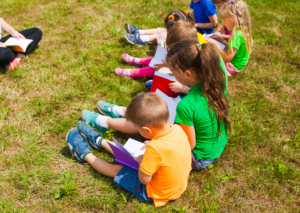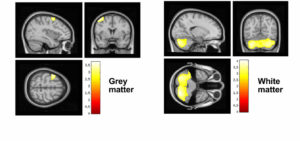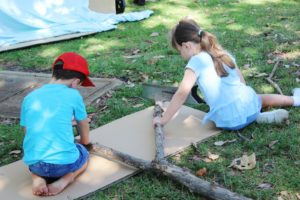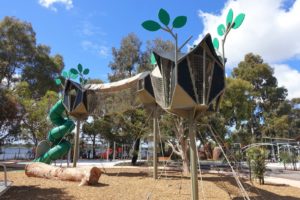Research into the importance of nature play, learning outdoors, risk-taking and children's mental and physical health and wellbeing forms the basis for the work we do.
Here you'll find the latest scientific research that shows the benefits of nature play for our children!
Use the Search function, or click on a keyword in Resource Categories to find research about a particular subject.
This paper draws on findings of comparative international research on students’ poetic writing about the natural environment in the context of the classroom and a naturalistic setting. The study involved 97, nine- to 10-year-olds in four classes: two classes were in an English primary school with their counterparts in a Western Australian primary school.
Read MoreProponents of the biophilia hypothesis believe that contact with nature, including green spaces, has a crucial role in brain development in children. Currently, however, we are not aware of evidence linking such exposure with potential effects on brain structure.
Read MoreLillard et al. (2013) concluded that pretend play is not causally related to child outcomes and charged that the field is subject to a play ethos, whereby research is tainted by a bias to find positive effects of play on child development. In this commentary, we embrace their call for a more solidly scientific approach to questions in this important area of study while offering 2 critiques of their analysis.
Read MoreThe current study investigated the influence of a play-based curriculum on the development of pretend play skills and oral language in children attending their first year of formal schooling.
Read MoreWatching television is a common pastime for very young children. High exposure may negatively influence physical and mental health outcomes. Not much is known about how early exposure relates to lifestyle choices in adolescence.
Read MoreThe outdoor space at childcare centres can be many preschoolers’ primary experience of outdoor play. Trends prioritizing risk reduction have diminished access to nature and risky play. We examined the effects of an intervention to increase opportunities for nature and risky play in the outdoor play environments of two childcare centres using a repeated measures mixed methods design.
Read MoreExposure to nature and natural environments may be beneficial for mental health; however, most population-based studies have been conducted among adults whereas few have focused on adolescents. Researchers aimed to investigate the relationship between both greenness (vegetation) and blue space (water), and depressive symptoms among teenagers in the United States.
Read MoreChildren comprise one of the largest consumer groups of technology. Sleep is fundamental to optimal functioning during childhood, including health and behaviour. The purpose of this study was to explore bedtime electronic use and its impact on 3 health consequences—sleep quantity and quality, inattention, and body mass index.
Read MoreThis study explored 1) mothers’ and middle-childhood daughters’ attention after exposure to two different environments, and 2) their quality of family cohesion.
Read MoreAdolescents who spent more time on new media (including social media and electronic devices such as smartphones) were more likely to report mental health issues, and adolescents who spent more time on nonscreen activities (in-person social interaction, sports/exercise, homework, print media, and attending religious services) were less likely.
Read More









